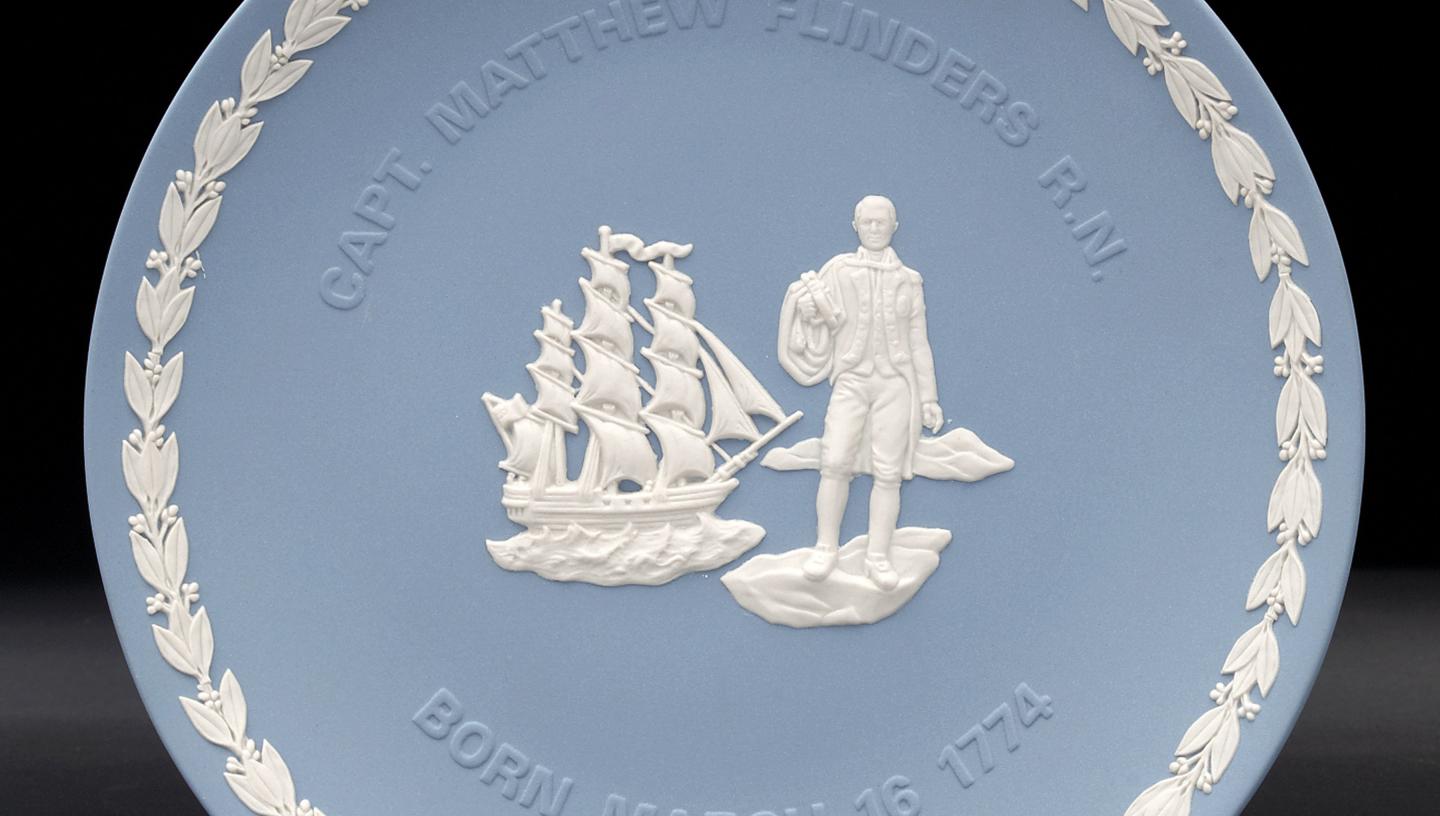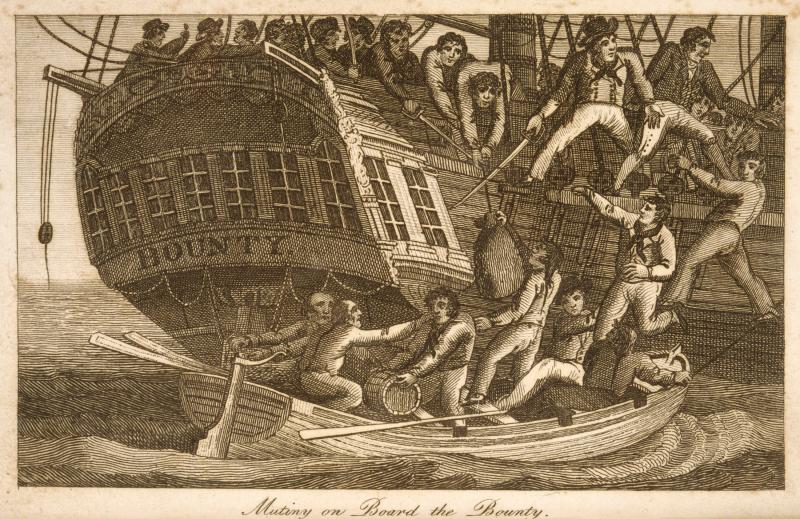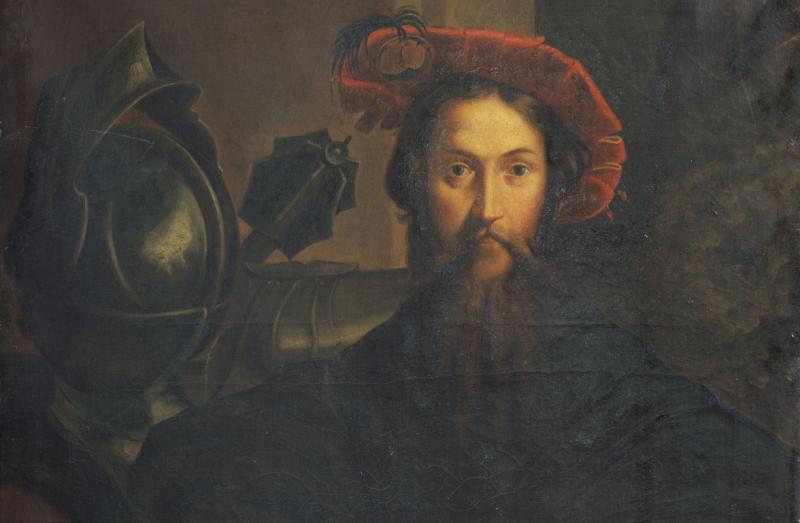
Matthew Flinders
Explorer Matthew Flinders was the first man to circumnavigate Australia and popularised the name ‘Australia’ in his book, Voyage to Terra Australis.
Lincolnshire-born explorer Matthew Flinders is revered in Australia but almost unknown in his homeland. He was the first man to circumnavigate the continent and the first person to use the name ‘Australia’ in his book, Voyage to Terra Australis, published in 1814. He was also one of the best cartographers and navigators of his age.
Early career
Born in Lincolnshire in 1774, Flinders joined the British Royal Navy in 1789, aged 15. He sailed as midshipman on William Bligh’s second breadfruit voyage to Tahiti in 1792 and gained a passion for cartography.
In 1795 Flinders was posted to Port Jackson (now known as Sydney Harbour) on HM ship Reliance where he became a friend of George Bass, the ship's surgeon. The pair undertook a series of detailed surveys in Tom Thumb, an 8-foot dinghy. Their major coup was the discovery that Van Diemen's Land (present-day Tasmania) was an island and not part of the mainland.
Circumnavigating Australia
When he returned to Britain five years later, Flinders published his charts and wrote to Sir Joseph Banks, President of the Royal Society, to argue that a voyage was needed to chart the remaining coasts of Australia. Britain, in the throes of war with France, had no resources for such an expedition, but Banks was a great champion of imperial expansion and agreed.
The Flinders expedition was one of the first organised to try to open up lands for colonial expansion. On board were botanists and scientists, there to learn about natural resources and, through study of native plants and animals, discover whether the land was sufficiently fertile to sustain farming and immigration.
Flinders sailed on the Investigator, a ship in a poor state of repair, which leaked constantly; however, against all odds, it did manage successfully to circumnavigate the Australian coastline.
The expedition brought back 4000 dried plant specimens including 150 genera and 1500 species new to science. This was a great achievement, given that Captain Cook's second voyage, considered a triumph in botanical terms, brought back just 350 new species.
Imprisoned on Ile de France
Upon his return to England, on board the Cumberland, Flinders was forced to stop at Ile de France (present-day Mauritius) for urgent repairs. At the time, Britain and at France were at war and, despite the scientific nature of his expedition, he was detained as a spy for the next six years.
While interned, Flinders wrote up the detailed notes of his voyage for future publication in his book, Voyage to Terra Australis. He eventually returned home in 1810 but died four years later on 19 July 1814, aged 40. This was the day after his book was published.
Despite Flinders's failings, his achievements were remarkable, although in Britain he never had the stature of Cook. However, he was a distinguished member of that elite band of seamen who began to add precise detail to the outlines of the world’s oceans and helped to lay the foundations of the Royal Navy's official hydrographic service.
Matthew Flinders’s cat
A famous part of Matthew Flinders’s legacy is his association with Trim the cat. Trim was a ship’s cat, born on board the Reliance in 1799. The cat sailed with Flinders on the Investigator on his voyage circumnavigating Australia, but disappeared when Flinders was imprisoned on Ile de France. Trim’s legacy lives on in the statues of Matthew Flinders, which often feature his cat at his feet.


